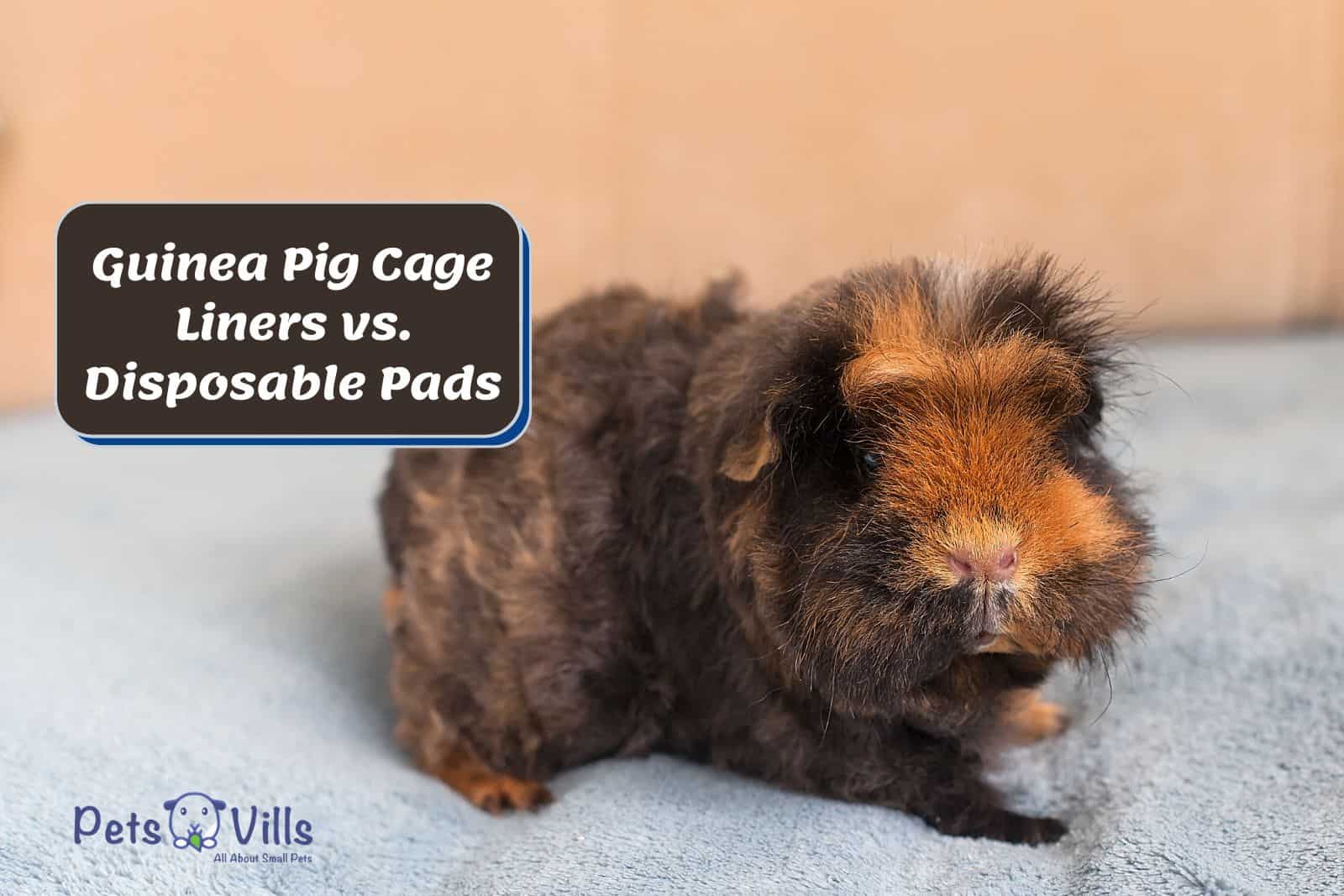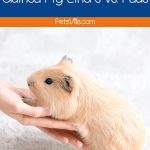Are you wondering, “Guinea Pig Cage Liners vs. Disposable Pads: Which is Best”? You’re in the right place!
As an expert in guinea pig care, I will offer helpful insights and suggestions on the ideal bedding options for your furry friend.
FYI, this post contains affiliate links. I may earn a small commission if you purchase at no extra cost.
This article will discuss the advantages and disadvantages of reusable cage liners (my favorite) and disposable pads, eco-friendly alternatives, and crucial advice on their usage and upkeep…
Keep reading to discover my insights to make your decision-making process a breeze!
Table of Contents
Key Takeaways
- Reusable cage liners are cost-effective, eco-friendly, and convenient but require regular cleaning.
- Disposable pads are convenient and biodegradable but need frequent replacement and can be costly.
- Consider your lifestyle, budget, and environmental impact when choosing between liners and pads.
Guinea Pig Cage Liners vs. Disposable Pads: Which is Better?
Both options have their merits in the great debate between reusable cage liners and disposable pads.
To help you make the best choice for your guinea pig’s comfort and your convenience, I’ve listed the 4 factors that helped me out – they are:
| Factors | Guinea Pig Cage Liners | Disposable Pads |
|---|---|---|
| Convenience | Easily removed, washed, and reused. | Require regular replacement and disposal. |
| Cost | The higher initial investment, cost-effective in the long run. | Cheaper initially, frequent replacement adds up costs. |
| Maintenance | Requires regular spot cleaning. | Less frequent cleaning, designed to absorb moisture and neutralize odors longer. |
| Environmental Impact | Eco-friendly, reduces waste. | Generates more waste, which is not ideal for environmentally conscious owners. |
1. Convenience
Reusable cage liners are convenient as they can be easily removed, washed, and reinserted into the cage.
Disposable pads, however, require regular replacement and disposal, which can be less convenient for some owners.
2. Cost
While reusable liners might have a higher initial investment, they tend to be more cost-effective in the long run, as they can be washed and reused multiple times.
Although cheaper initially, disposable pads need to be replaced frequently, which can add up costs over time.
3. Maintenance
With reusable liners, spot cleaning is essential to keep the cage fresh and odor-free.
However, disposable pads may require less frequent cleaning since they’re designed to absorb moisture and neutralize odors for a longer period.
4. Environmental Impact
Reusable cage liners are more eco-friendly as they reduce waste and minimize the environmental footprint.
Disposable pads, while convenient, generate more waste and may not be the best choice for environmentally conscious pet owners.
As someone conscious about mother earth, I am a real nature lover. I hate the idea of carbon footprints and a dirty atmosphere and decided that reusable liners are great for me.
Better yet, I love how they generate less waste and smell great – all a plus in my books.
Top Choices for Guinea Pig Cage Liners vs. Disposable Pads
Before diving into the differences between reusable and disposable liners, let’s discuss the most common options: reusable liners and disposable pads.
Here are the key differences and benefits of each:
Reusable Liners
When it comes to reusable liners in patient care, P. Guillen et al. note that “the waterproof liners allow patients to rinse casts daily, and the majority of patients prefer waterproof to cotton liner. [1]“
As a guinea pig owner, I find reusable liners a fantastic choice for my pets.
Any specific brand(s) I would recommend?
Yes, the GuineaDad fleece liners. I tried them last week and was super impressed with their endurance – plus, they’re super popular for their quality and convenience.
These liners are usually made from soft, absorbent materials (fleece in this case), which provide a cozy surface for your pets to rest on. Better yet, they’re waterproof.
Comparing liners to general nappies, Flora & Fauna Cloth Nappies point to the following perk about fleece: “Fleece liners go into the nappy wash and can be used over and over again, just like the cloth nappies. [2]”
Apart from their excellent durability, they are also cost-effective in the long run.
However, they require regular spot cleaning, which might be time-consuming for some owners.
Disposable Liners
As a long-time guinea pig owner, I’ve found disposable liners, like Paw Inspired disposable pads to be a real lifesaver.
If you don’t believe me, a study by researchers Yan Wu et al. writes how modified bamboo fiber fabrics can possess antimicrobial properties, making them an excellent choice for your guinea pig’s cage [3].
The study explored the preparation and properties of chitosan/graphene-modified bamboo fiber fabrics, revealing their potential application in home decoration and clothing textiles [3].
They’re effortless to replace and have the added benefit of being biodegradable, which means they reduce our furry friends’ environmental impact (and you’ll agree that’s a good thing)!
However, disposable liners do come with their share of challenges…
For one, you must keep a close eye on them and replace them frequently, which can dent your monthly budget. It can add up!
Another issue I’ve encountered is that our curious guinea pals may be tempted to nibble and chew on the liners.
I recommend a sturdier product that can withstand those persistent little teeth to avoid this. You and your guinea pigs can enjoy a clean, cozy, safe living environment.
To get a better understanding of the pros and cons of disposable liners, check out this video here:
Eco-friendly Alternative Bedding Options for Guinea Pigs
For alternative bedding options, I recommend 3 three eco-friendly options – they are:
- Paper Bedding: Soft, absorbent, and low maintenance, but can create waste. Opt for dust-free, natural paper options like Small Pet Select Paper Bedding.
- Wood Shavings: Aspen is the safest choice because it lacks aromatic oils, but wood shavings can still contribute to waste.
- Fleece with Disposable Pads: Combining fleece liners with disposable pads, like Paw Inspired’s Critter Box®, offers easy cleaning and odor control while minimizing waste.
It’s all good and well to have options, but how do you use and maintain them? I’ve revealed it all in the next section…
How to Properly Use and Maintain Guinea Pig Cage Liners vs. Disposable Pads
Using a reusable cage liner or disposable pad is eco-friendly and a breeze to set up. Follow these 5 simple steps:
- Measure your cage’s dimensions to choose the right size liner.
- Clean the cage thoroughly before placing the liner.
- Place the liner/pad with the absorbent side facing up, ensuring it lies flat and covers the entire cage floor.
- Add any additional bedding or accessories, such as hideouts or toys, to create a comfortable environment for your pet.
- Regularly spot clean and wash these items as needed, at least once a week, to keep your guinea pig’s habitat fresh and clean.
How long do they last exactly? How do you get the best one? Keep reading…
Longevity and Durability: Cage Liners vs. Disposable Pads
To find out which one lasts longer, I’ve compared the 2 options, listing their pros and cons so you can better select the one you prefer – based on your personal preferences.
Without further ado, let’s get into it!
Guinea Pig Cage Liners
Reusable cage liners, such as fleece, are a long-lasting option to save money.
With proper care and regular cleaning, these liners can last several months or even years.
To extend the life of your reusable liners, follow a consistent cleaning schedule and wash them as needed, according to the manufacturer’s instructions.
Disposable Pads
Now for the pads: While convenient, disposable pads generally need to be replaced more frequently than reusable liners.
Depending on the pad’s absorbency and your guinea pig’s habits, you should replace them every week or when they become soiled or lose their odor-control properties.
Regularly monitoring the pad’s condition will help you maintain a clean and comfortable environment for your furry friend.
How do you clean them? Check out the next section for all the tips on making them sparkling clean…
Cleaning and Care: Guinea Pig Cage Liners vs. Disposable Pads
Here I’ll share my tried-and-true methods for washing guinea pig cage liners and disposable pads for the home and cage. Let’s start with the liners…
Washing Reusable Guinea Pig Cage Liners
- Remove Excess Debris: Before washing the liner, remove any loose hay, droppings, or debris. This prevents clogging your washing machine or sink.
- Pre-treat Stains: Spot-treat stubborn stains with a pet-safe stain remover or white vinegar. This helps to break down stains and odors before washing.
- Machine Wash or Hand Wash: The machine washes the liner gently using cold water and a pet-safe detergent. Alternatively, hand wash it in a sink or tub with mild detergent.
- Air Dry or Tumble Dry: Air-dry the liner by hanging it or laying it flat. Tumble dry on low heat or no heat setting to avoid shrinking or damaging the material.
Caring for Disposable Guinea Pig Pads
Disposable guinea pig pads require a different cleaning routine, but it’s still straightforward. I’ll show you how:
- Spot Clean Daily: Regularly check the pad for soiled areas and remove debris or droppings. This keeps the cage fresh and reduces odor buildup.
- Replace as Needed: Monitor the pad’s condition and replace it when it becomes overly soiled or loses its odor-controlling properties, typically every week.
- Dispose of Responsibly: When it’s time to replace the pad, roll it up and place it in a biodegradable or compostable bag before discarding it.
- Clean the Cage: Before adding a new pad, clean the cage thoroughly to remove any lingering odors or debris.
These simple steps ensure your guinea pig’s home stays clean, cozy, and odor-free. Maintaining a clean environment is crucial for your pet’s health and happiness.
If you’re looking to make your own reusable options, check out my step-by-step guide on “How to Make Guinea Pig Cage Liners,” which will help you create a comfortable and eco-friendly habitat for your furry friends.
FAQs
1. Can guinea pigs chew on reusable cage liners?
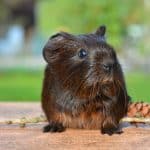
Yes, guinea pigs may chew on reusable cage liners, but selecting a durable material will help minimize this behavior and ensure the liners last longer.
2. How often should I replace disposable pads?
Typically, you should replace disposable pads every 2-4 days, depending on the number of guinea pigs and the pad’s absorbency.
Regular replacements ensure a clean and odor-free environment.
3. Are there any eco-friendly disposable pad options?
Yes, some disposable pads, like Carefresh Paper Bedding, are made from recycled materials, making them a more environmentally friendly choice.
4. Can I mix different types of bedding materials?
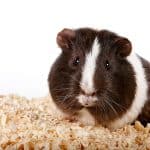
Yes, combining bedding types like fleece liners with disposable pads can offer easy cleaning and odor control and minimize waste.
Conclusion
Regarding “Guinea Pig Cage Liners vs. Disposable Pads Which Is Better,” the choice ultimately depends on your preferences and priorities.
As you’ve seen, reusable liners offer long-term savings and a reduced environmental impact, while disposable pads provide convenience but require frequent replacements.
By considering your lifestyle, budget, and your guinea pig’s well-being.
Before you leave, leave me a comment or say “hi.” I’d love to hear from you!
Until next time…
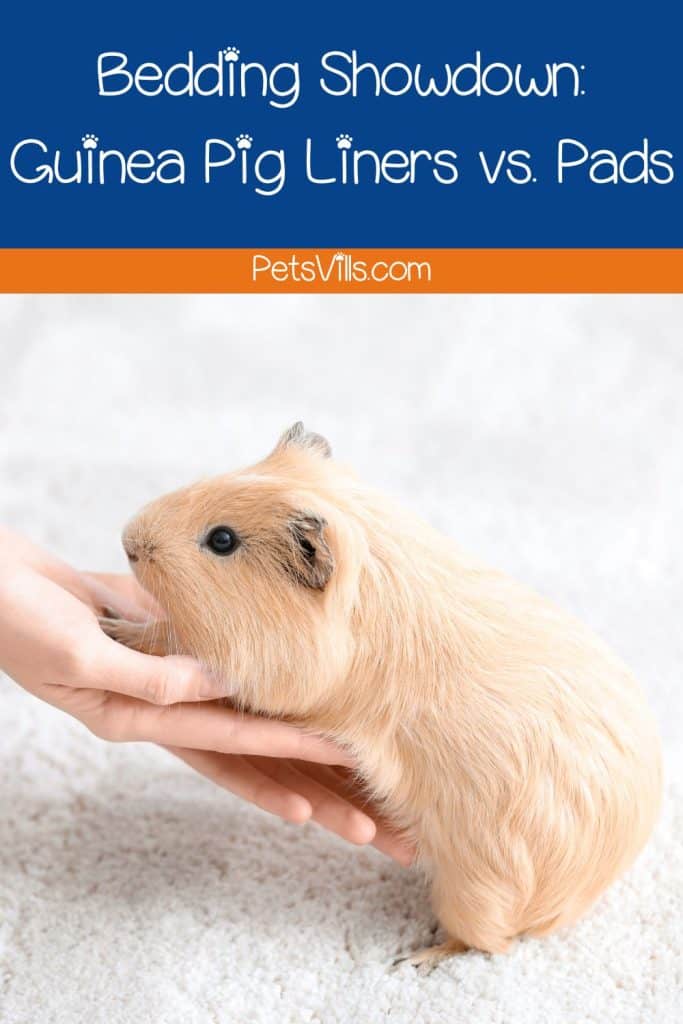
Resources
1. Guillen PT, Fuller CB, Riedel BB, Wongworawat MD. A Prospective Randomized Crossover Study on the Comparison of Cotton Versus Waterproof Cast Liners. HAND. 2016;11:50–3.
2. Should I use nappy liners? Fleece or disposable? [Internet]. www.floraandfaunaclothnappies.co.uk. [cited 2023 May 6]. Available from: https://www.floraandfaunaclothnappies.co.uk/blog/should-i-use-nappy-liners-fleece-or-disposable#:~:text=Fleece%20liners%20go%20into%20the
3. Wu Y, Bian Y, Yang F, Ding Y, Chen K. Preparation and Properties of Chitosan/Graphene Modified Bamboo Fiber Fabrics. Polymers [Internet]. 2019 [cited 2019 Nov 5];11:1540. Available from: https://www.mdpi.com/2073-4360/11/10/1540/htm

My name is Ben Roberts, and I absolutely love animals. So, naturally, I love writing about them too! As far as my animals, I have a Pit-bull, a Beagle-lab mix, a Chihuahua, and one old cat. Each one of them provides me with a new adventure every day. And the best part is they’re all best friends. Well, except the cat when he gets a little annoyed.
FIND HIM ON: FACEBOOK and TWITTER.
Read his latest ARTICLES
Learn more about Benhere

